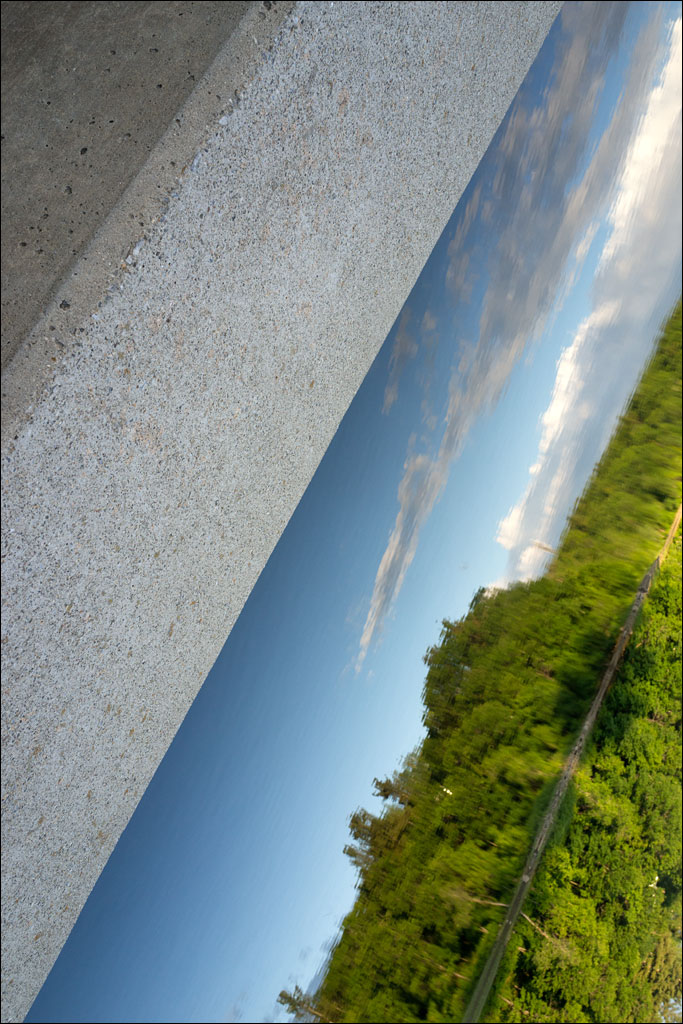 In short, the absence of truth is an unescapable fact of photographic life.
In short, the absence of truth is an unescapable fact of photographic life.
—Geoffrey Batchen
It has become fashionable in the photo art world to label all photography as fiction. This is tossed out like an undisputed fact. It seems the main claim (and there are many sub arguments for the fictitiousness of photography including the Post Photography movement of Geoffrey Batchen) is that photographs can be manipulated and are subjective.
The manipulation argument is strange as it is seen as something new. Ever since the invention of photography, artist have been using it to create fictitious images (just look for the 1857 photograph The Two Ways of Life by Oscar Gustave Rejlander if you think Photoshop was somehow groundbreaking). But that is a bit like saying ever since the Greeks started writing mythologies, writing can only be fiction. But just like mackerel are not all fish, manipulated photographs do not account for all photography.
But, the crowd protests, all photographs are manipulated, even if it is just changes in color and contrast. But, and here is the rub, how do you know the image is not “true”? What metric are you going to measure it against? (Truth is a loaded word that is conveniently never defined by those arguing against the truth in photography.) Cameras, unlike our visual system, are very simple devices. Our eyes cannot be trusted, at least with any form of absolute judgement. But cameras are actually more reliable in that regard as they use a known, controlled process. A black and white image is abstract in that it does it mimic our visual system, but does that make the human visual system the only arbiter of “truth”?
But lets imagine the color and contrast are unnatural and manipulated. But then is the spatial information not true? I can take a dataset and plot it in many forms, scatter plot, bar graphs, radar plots; I can shape the numbers many ways, using linear or logarithmic scales; and I can use any color scheme I choose. None of that changes the underlying meaning of the data, just its presentation. One method does not make it any less “true” than any other. (Understanding the information could be a problem, but is that with the observer or the information itself?)
But, the argument goes, photographs are single samples taken by an impartial photographer, therefore subjective, therefore fiction. Really? It is 72°F outside as I write this. That is a single arbitrary sample. It still is not fictitious. Now, I can’t tell you if that temperature is unusual or average. It does not carry any useful meaning. But it still not a fiction. Cameras, like thermometers, are indexical. They are recording devices. The information gathered by a camera is far more complex, but it is still a recording. A camera, just like my thermometer, cannot refer to anything outside what it records, but the recording is not fictitious. If you don’t understand the recording process, then the interpretation of the recording becomes difficult, but that is hardly the fault of the process.
Now, let me be clear about what photography is: the process of making an image from light (if you include x-rays, infrared, UV and other types of radiation, then light can mean anything from the electro-magnetic spectrum). A camera is not required, photograms are a camera-less process; it need not be representational, strip photography images luminance through time; and photographs are not limited to two dimensions, confocal microscopy makes 3-D images. (Taking images from the internet and putting them into a book is not photography, it might be editing, graphic design, or “curation,” but it is not photography [even though you are using photographs].)
But here is the beauty of photographs: they contain the evidence of their own making. Skilled studio photographers know this. They can look at other studio photography and understand the lighting. Skilled landscape photographers can see manipulated color and contrast. We all spot Photoshop composites. Black and white photographers see the transformation in that process. And that is what photography should be doing: transforming the world we normally perceive to reveal what we cannot. It is not a fiction, but a revelation.
